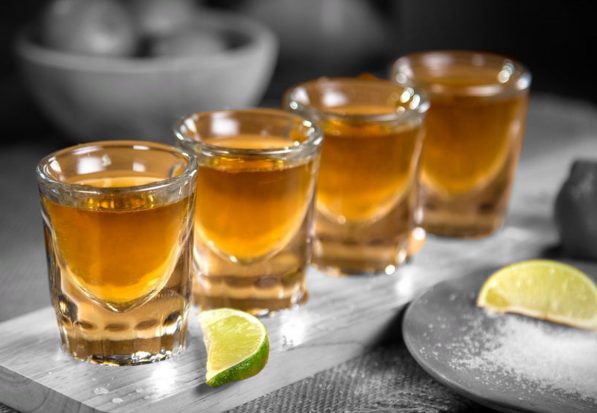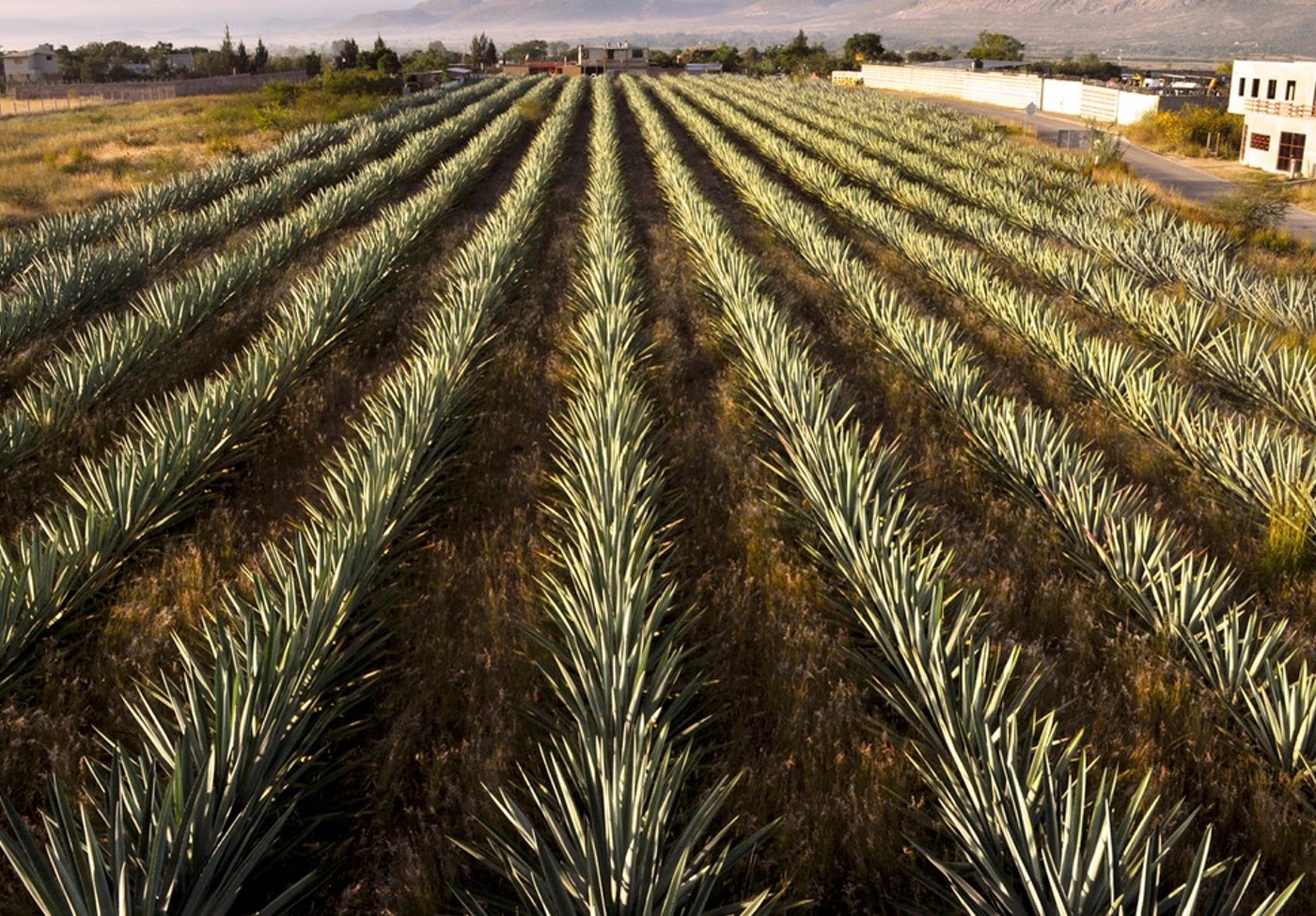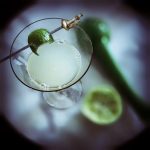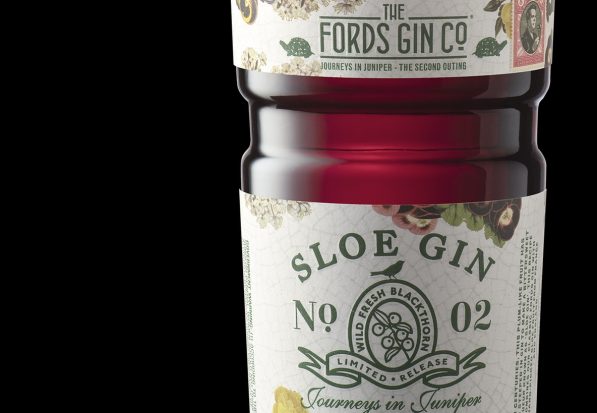It’s Cinco de Mayo this Saturday, so you’ll probably have at least one cocktail or shot that contains with either Tequila or Mezcal. But as you drink it, ask yourself, do you really know what you are drinking? For the sake of bar arguments across the world this weekend, we’ve assembled a quick cheat sheet outlining not only the key characteristics but also the major differences of each.
What Is Tequila?
While it’s common for most people to assume that Tequila as the umbrella category and Mezcal as one of its subsets, it’s really the other way around. Tequila is a type of Mezcal, but a type of Mezcal that is made specifically with blue agave and only produced in certain parts of Mexico. It’s also important to realise that the agave plant is a desert succulent. Agave is not a cactus and Tequila has absolutely nothing to do with cacti.
Tequila Basics
- Tequila is made from the blue agave plant, which is typically grown for eight to 10 years before it’s ready for harvest.
- the piñas – or hearts – are steamed, crushed, and fermented into tequila.
- piñas are incredibly heavy. They can weigh anywhere from 35 to 135kgs.
- A “mixto tequila” can be made from at least 51% agave sugars, with the rest typically coming from cane sugar. Mixto Tequila is typically labelled as “tequila,” while those made exclusively with blue agave are labelled “100% agave tequila.”
- According to Mexican law, tequila can only be made in the state of Jalisco or in specific parts of four other Mexican states: Michoacán, Guanajuato, Nayarit and Tamaulipas.
- The agave used for tequila is most often steam-cooked in a large oven called an “autoclave” prior to distillation.
- Tequila is distilled two to three times in a copper still or column still.
What Is Mezcal?
Thought of as more of a niche spirit than Tequila, Mezcal is really any spirit distilled from agave (hence, Tequila is a Mezcal). Unlike Tequila, Mezcal can be made from a wide sweep of agave plants. Mezcal is commonly identified with the smoky aromas and flavours found in some of its varieties, but the range of agave choices available, as well as the terroir (or soil it is grown in) can result in a diverse palette of flavours.
Like Tequila, Mezcal can be made from either 100% agave, or a less pure mixto consisting of at least 80% agave. However, mixto Mezcal is less common than mixto Tequila.
Most Mezcals sold in the United States are produced using traditional, artisanal methods, which is reflected in their higher price point. While Mezcal can also be made industrially, these inexpensive and mass-produced Mezcals are a rarer sight.
Mezcal Basics
- About 30 (of the 200 total) varieties of agave can be used to make Mezcal.
- A “mixto Mezcal” is made using at least 80% agave, with the remaining percentage derived from other sugars.
- The type of agave or “maguay” selected to make the Mezcal affects its flavour. The most commonly used agave for mezcal production is espadín. Other agave varieties include tobalá, tobaziche, cupreata, and arroqueño.
- According to Mexican law, Mezcal can be produced in nine different states, some of which also produce Tequila. These states are Oaxaca, Guerrero, Durango, Michoacán, Guanajuato, San Luis Potosí, Tamaulipas, Zacatecas, and Puebla.
- The agave used for Mezcal is traditionally cooked in an underground pit surrounded by volcanic rock. Once the fire has been started, agave is added to the pit, covered with earth and cooked for several days. This process results in the smoky, savoury quality associated with Mezcal.
- Once cooked, the agave is traditionally crushed in a stone pit by a large, wheel-like device called a tahona that is often pulled by a donkey.
- Mezcal is distilled two to three times in pot or clay stills.
Tequila and Mezcal Age Categories
There are five different age categories for both tequila and mezcal.
- Silver Tequila or Mezcal (also referred to as “Blanco,” “plata,” “white,” or “platinum”), is either unaged or aged for less than two months.
- Gold Tequila or Mezcal (also referred to as “oro” or “joven”) is a category that doesn’t actually refer to age, but additives. These are mixtos with added colours or flavours. However, sometimes “Joven” can refer to an unaged Mezcal or a silver Tequila that has been blended with a smaller amount of Reposado or Añejo Tequila.
- Reposado Tequila or Mezcal is aged from two months to under one year.
- Añejo Tequila or Mezcal is aged for at least one year.
- Extra añejo Tequila or Mezcal is aged for three years or more.
A little trivia
- Mezcal was traditionally sipped alongside a slice of orange topped with worm salt (this is a mix of salt and the lavea that is found on the agave plant).
- Back in 1940, one Mezcal distiller allegedly found that putting a gusano, the larvae that live on the agave plants, into the bottle gave his spirit a more desirable flavour. Today, you may still find that “worm” or should we say caterpillar, floating in some bottles but now, they are usually found in the least expensive ones.
- Physicists at the National Autonomous University of Mexico figured out a way to make artificial diamonds out of tequila. Sadly, the synthetic diamonds are too small to be turned into jewellery, but they can be used for an array of electronic and industrial purposes.















